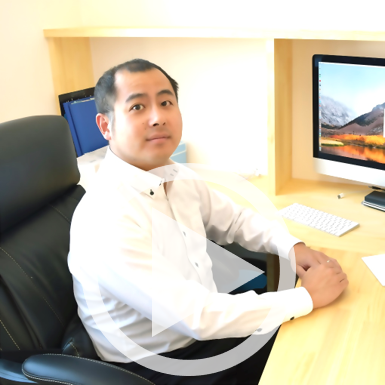Your basket is currently empty!
Development of an engineered ACE2 decoy for the treatment of COVID-19

The Omicron variant continuously evolves under the humoral immune pressure obtained by vaccination and SARS-CoV-2 infection and the resultant Omicron subvariants exhibit further immune evasion and antibody escape. The engineered ACE2 decoy composed of high-affinity Angiotensin-converting enzyme 2 (ACE2) and antibody Fc domain is an alternative modality to neutralize SARS-CoV-2. Moreover, ACE2 decoy has the following major benefits for COVID- 19 therapy: low risk of escape mutations and broad-spectrum antiviral effects against SARS-CoV- 2.
Here we showed that the engineered ACE2 has broad neutralization activity against SARS-CoV- 2 including the currently emerging Omicron subvariants and therapeutic potential in rodent models. Moreover, the culture of SARS-CoV-2 under sub-optimal concentration of neutralizing drugs generated SARS-CoV-2 mutants escaping wild-type ACE2 decoy and monoclonal antibodies, whereas no escape mutant emerged against the engineered ACE2 decoy. As the efficient drug delivery to respiratory tract infection of SARS-CoV-2, inhalation of aerosolized decoy treated mice infected with SARS-CoV-2 at 20-fold lower dose than the intravenous administration. Finally, the engineered ACE2 decoy exhibited the therapeutic efficacy for COVID-19 in cynomolgus macaques. Collectively, these results indicate that the engineered ACE2 decoy is the promising therapeutic strategy to overcome immune-evading SARS-CoV-2 variants and that liquid aerosol inhalation can be considered as a non-invasive approach to enhance efficacy in the treatment of COVID-19.
Prof. Toru Okamoto is a Professor in the research Institute for Microbial Diseases in Osaka University. He graduated in the department of biotechnology in Osaka University followed by receiving his Ph.D from School of Medicine in Osaka University in 2006. He then moved to Melbourne to do his post-doc in The Water and Eliza Hall Institute in 2008. The main research focus of his lab is on the pathogenesis of with hepatitis viruses, such as Hepatitis C virus and Hepatitis B virus and mosquito-borne flaviviruse such as Japanese encephalitis virus (JEV), Dengue virus (DENV) and Zika virus (ZIKV).
